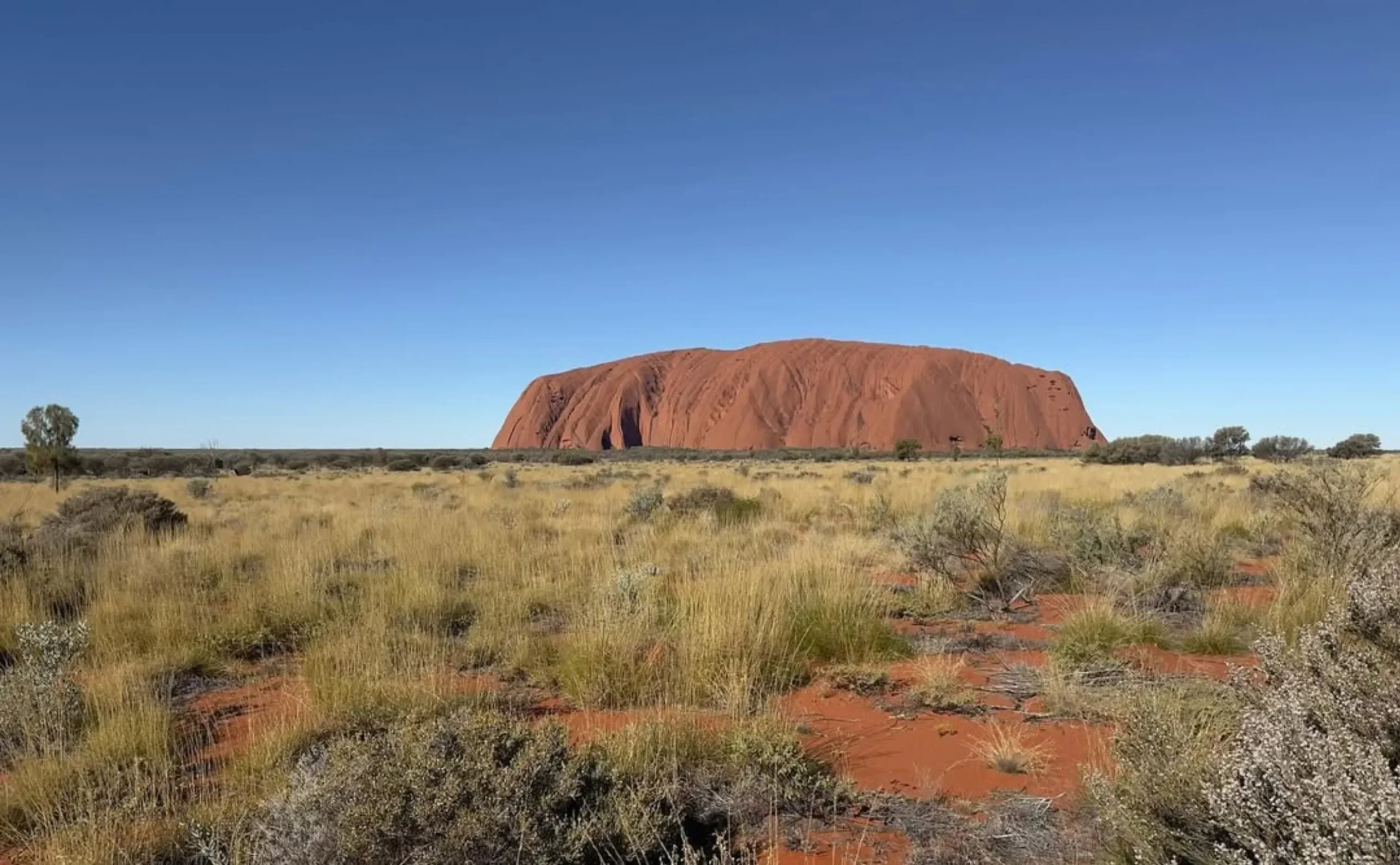Uluru is not just a rock but a sacred site embedded in Aboriginal stories and creation stories passed down by the Indigenous custodians for generations. For the Anangu people Uluru is a place of ceremony and reverence. The Kakadu National Park board along with the traditional owners have long advocated for visitors to respect its spiritual significance and to visit in a way that honours its cultural significance.
The Climbing Ban
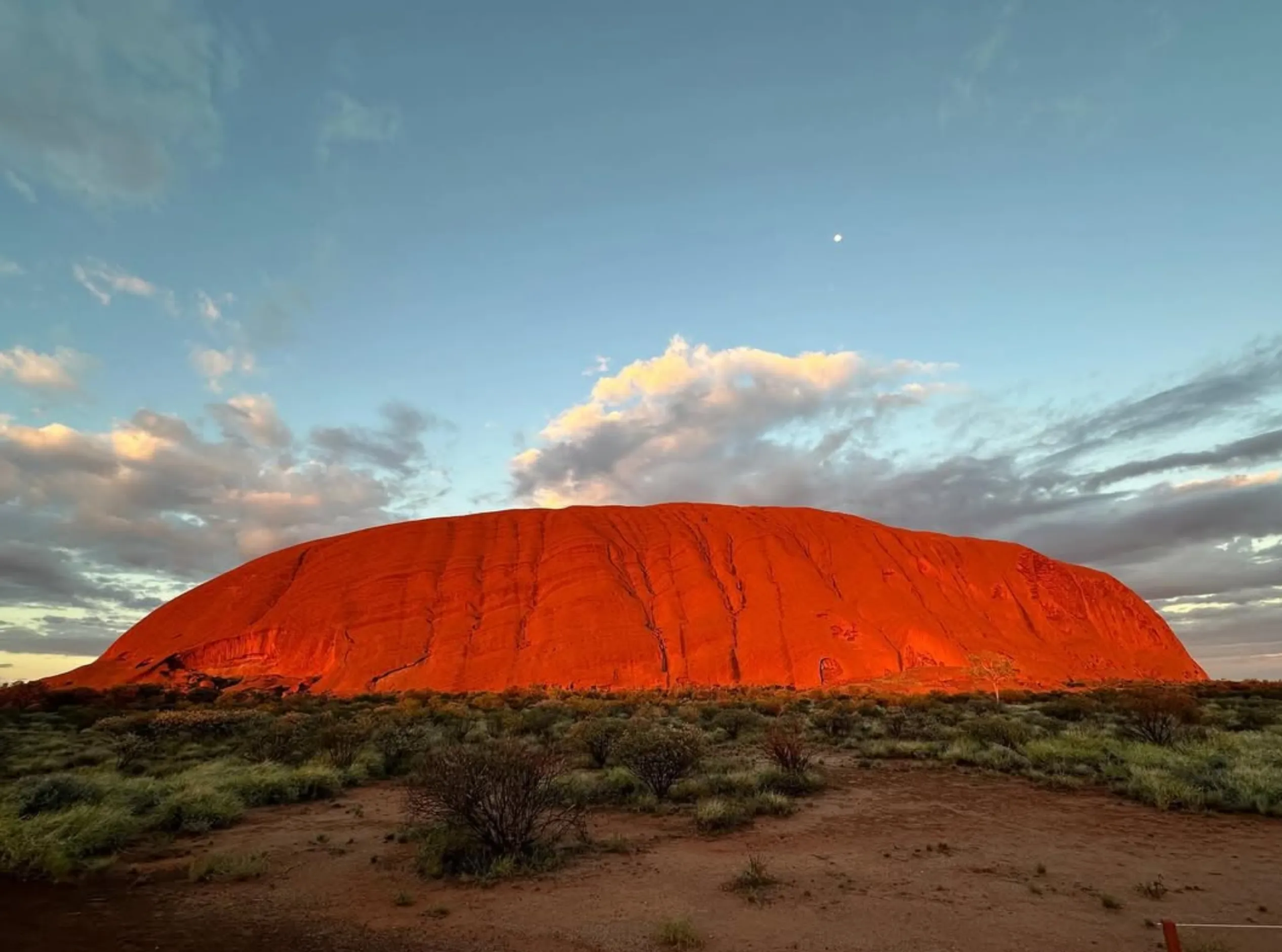
In 2019 on the 34th anniversary of the handback of Uluru to its Aboriginal owners the climbing route was closed. The climbing ban was for cultural and environmental reasons, as per the wishes of the traditional custodians and to address the safety risks to climbers.
How Many People Have Fallen from Uluru?
37 people have died climbing Uluru, over decades. Many were from falls, some from dehydration, heat stroke and medical emergencies like heart attacks. Most were unprepared climbers who underestimated the difficulty and hazards of climbing the sandstone monolith.
Key Incidents and Notable Deaths
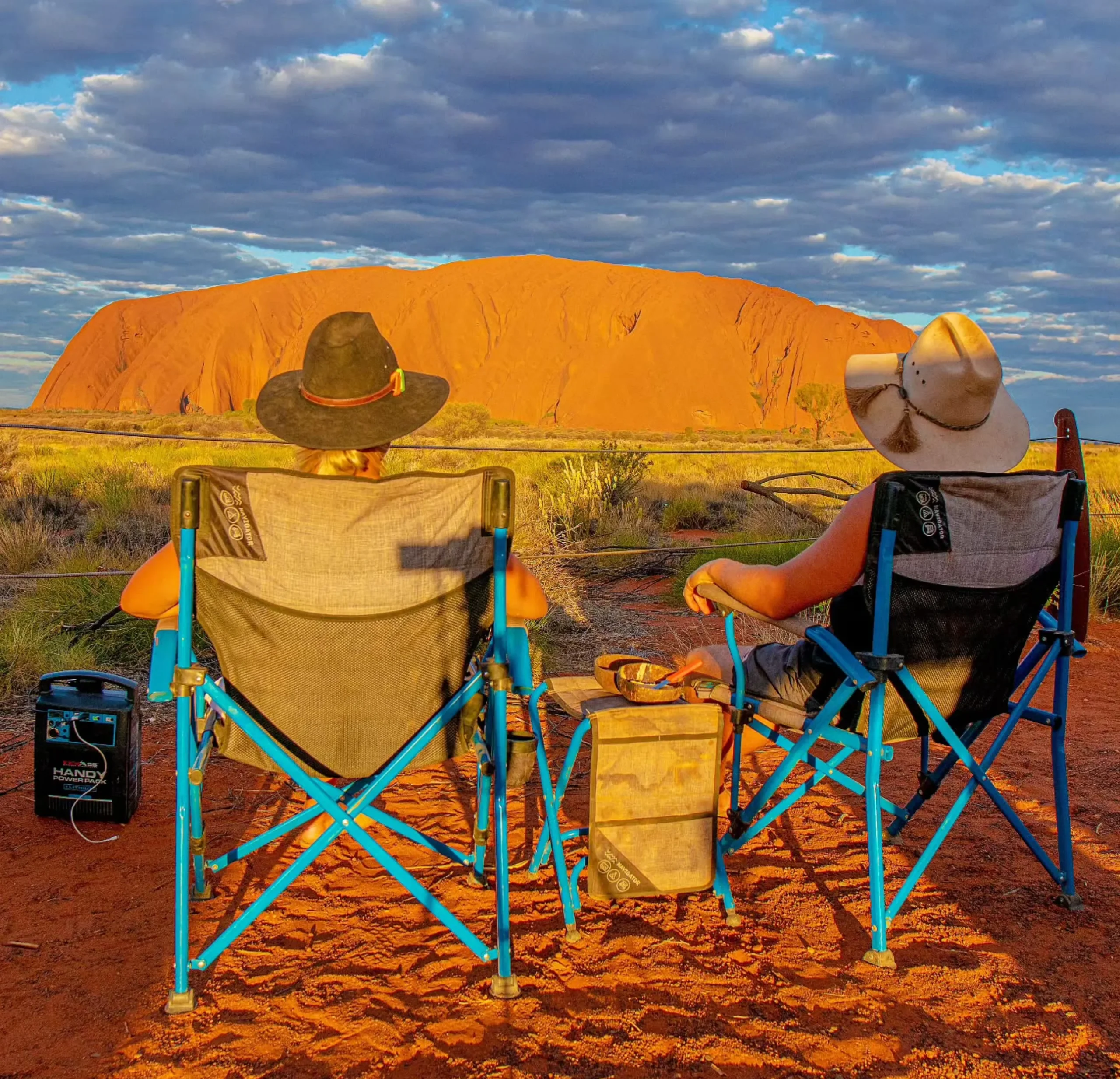
One of the most publicised was the death of a 76 year old Japanese tourist in 2010 who was the 17th to die on the tourist path. This incident highlighted the steep terrain, unpredictable winds and physical strain of the climb. Others died from heart attacks due to overexertion and falls from slippery or unstable parts of the climb.
The Climbing Route: A Hazardous Path
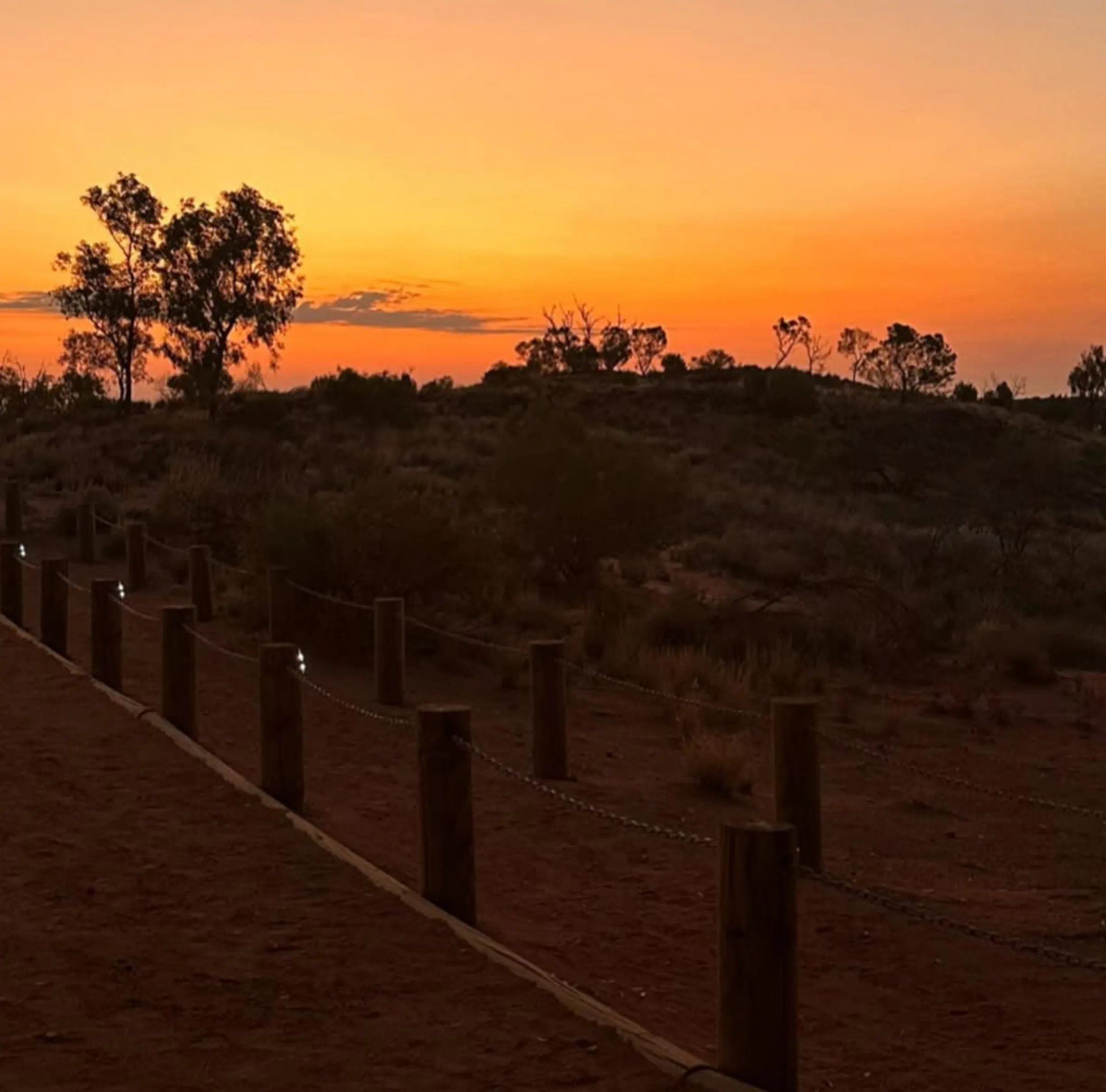
The climbing route was always challenging even with the safety chains installed in the 1960s. The climb was steepest near the top where the winds were strongest. Many who fell did so after losing their footing or being caught off guard by a sudden gust of wind.
Contributing Factors to the Death Toll
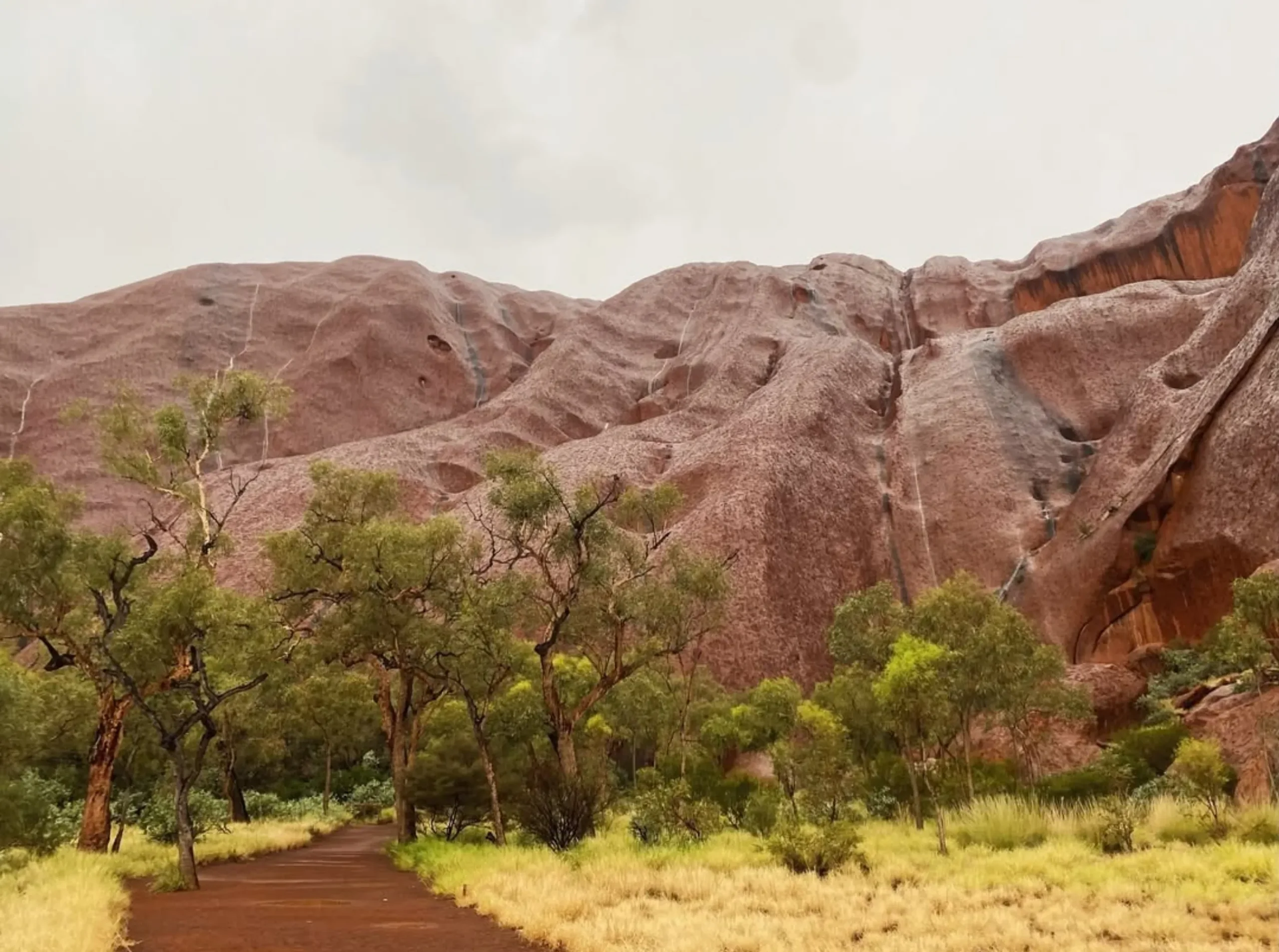
- Steep and Slippery Terrain: The climb had a metal chain to assist climbers but the slope was still treacherous.
- Unpredictable Weather: Sudden strong winds and high winds.
- Lack of Preparation: Many were not equipped with proper footwear, hydration or knowledge of the risks.
- Medical Emergencies: Heat stroke, dehydration and heart conditions were common causes of death especially among older climbers.
Park Management’s Role in Visitor Safety
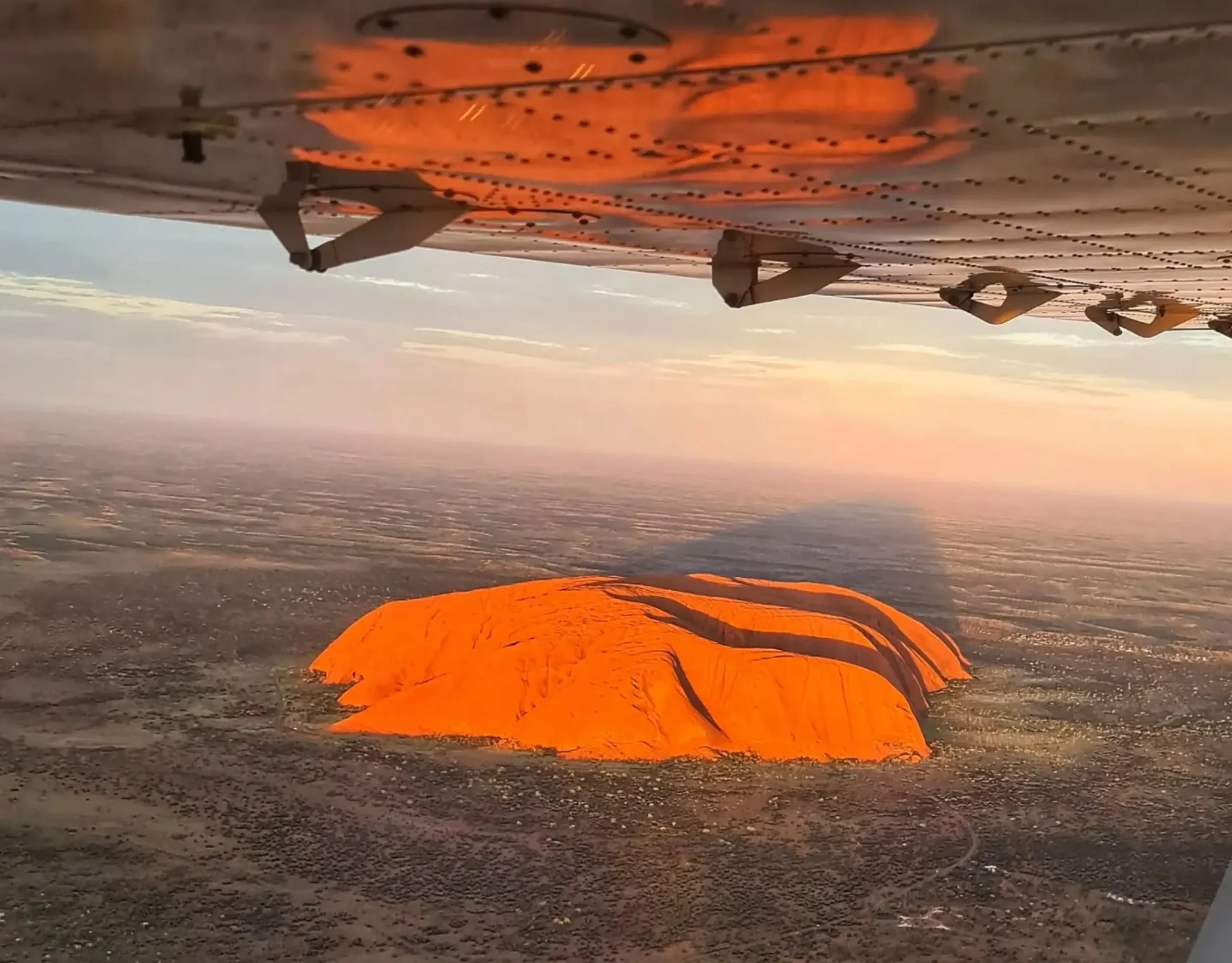
With the climbing ban in place park officials and Parks Australia are now focusing on promoting safer and more culturally sensitive ways to experience the Uluru-Kata Tjuta National Park. Key initiatives:
- Education: Led by the Indigenous custodians, these programs educate visitors about Uluru.
- Safety: Well signed trails and on-site Park Rangers to keep visitors safe.
- Tourist options: Camel rides, sightseeing Uluru Tours and guided walks.
Activities for Tourists: Exploring Uluru Respectfully
Although climbing Uluru is no longer allowed, the tourism industry offers many ways to experience the rock respectfully:
- Guided Walks: Walk around the base of Uluru with guides who will share stories of its history and Aboriginal stories.
- Cultural Workshops: Learn traditional art, bush medicine and Anangu customs.
- Camel Rides and Stargazing: See Central Australia in a unique way.
- Uluru at Sunrise and Sunset: See the rock change colour.
- Wildlife Uluru Tours: See the flora and fauna of Uluru-Kata Tjuta National Park.
Life After the Climbing Ban
The tourism industry around Uluru has moved to sustainable and culturally respectful experiences. Tourism operators have worked with Indigenous communities to create opportunities that honour the traditional owners and offer unique experiences to visitors.
Conclusion
Uluru is a symbol of Australia’s cultural heritage loved by Indigenous Australians and visitors from around the world. The climbing death toll is a reminder of the risks and the importance of respecting its spiritual significance. Now the climbing ban has brought in a new era of tourism that prioritises cultural respect, environmental protection and visitor safety.
Now climbing is no longer allowed, tourism operators like Autopia Tours have created alternative ways for visitors to experience Uluru. From cultural experiences led by Indigenous custodians to adventure tours, the tourism industry has adapted well to showcase the heritage and safety of the area.
FAQ
How many people have died climbing Uluru?
At least 37 people have died climbing Uluru, from falls to medical emergencies.
Why was climbing Uluru banned?
Climbing was banned for cultural reasons to respect the wishes of the traditional owners and safety risks to climbers.
What to do instead of climbing?
Walk with guides, learn about Aboriginal communities, take a camel ride or go on a cultural 2 day Uluru tour to learn about Uluru’s history and significance.
Who manages Uluru-Kata Tjuta National Park?
Managed by Parks Australia and the traditional owners.
Is it worth visiting after the climbing ban?
Yes! Uluru has heaps of things to do from learning about Aboriginal people to seeing the stunning landscapes of Central Australia.
